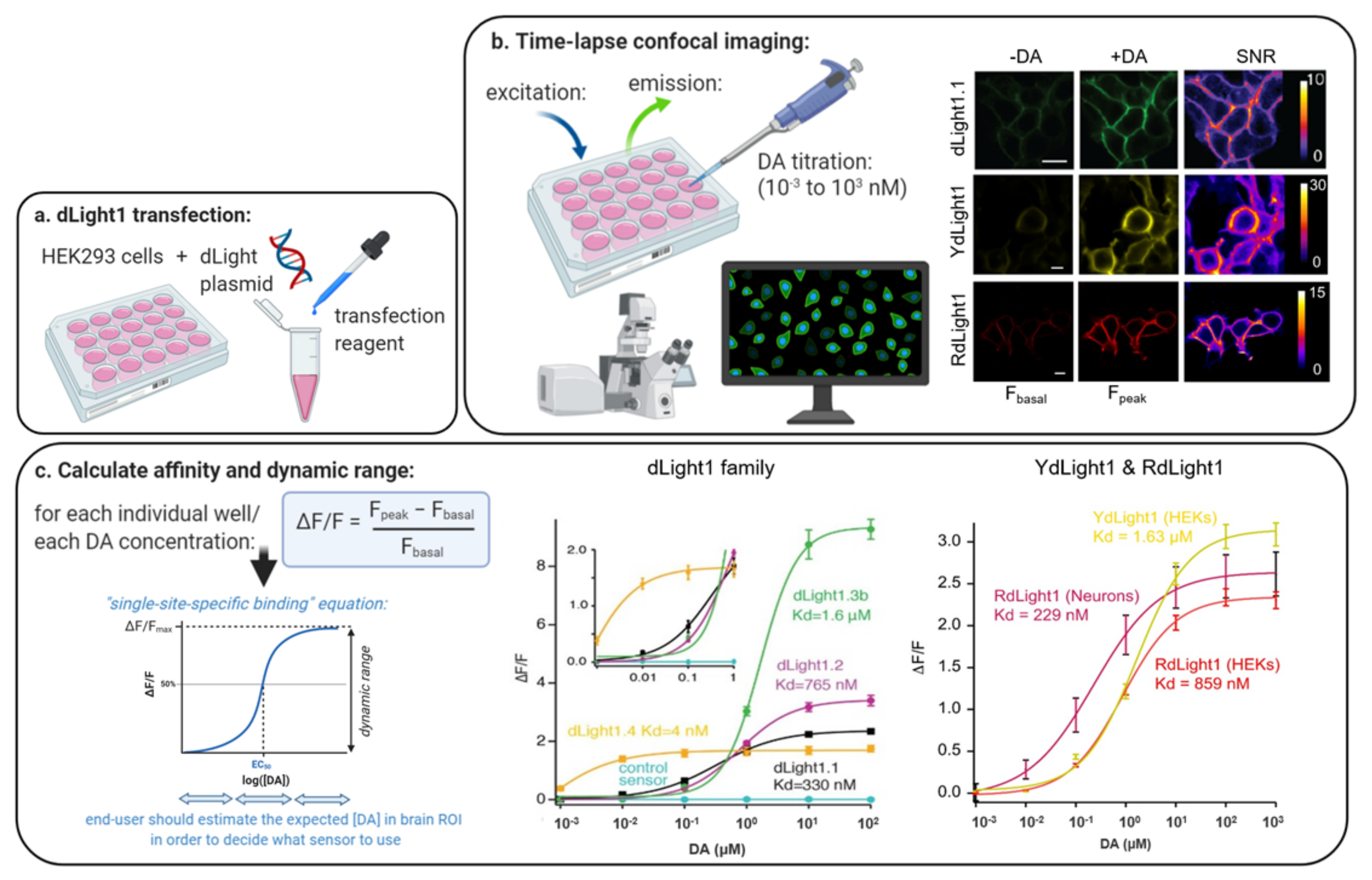

The cookie is used to store the user consent for the cookies in the category "Performance". This cookie is set by GDPR Cookie Consent plugin. The cookie is used to store the user consent for the cookies in the category "Other.

The cookies is used to store the user consent for the cookies in the category "Necessary". The cookie is set by GDPR cookie consent to record the user consent for the cookies in the category "Functional". The cookie is used to store the user consent for the cookies in the category "Analytics". These cookies ensure basic functionalities and security features of the website, anonymously. Necessary cookies are absolutely essential for the website to function properly. In young adults, contrast sensitivity, a dopamine mediated function, was also significantly increased after exposure to our light stimulus.Ĭheck out our Product and Science pages to learn more about MyopiaX ® and our upcoming clinical trial. In collaboration with our academic partners, we measured an increase in ocular dopamine in a pre-clinical model after targeted light stimulation. By stimulating this pathway, MyopiaX ® aims to effectively activate the signalling cascade from light exposure to dopamine release. 1ĭopavision’s digital approach to myopia treatment, known as MyopiaX ®, uses a scientifically developed light stimulus to excite a subset of photosensitive cells that provide input to dopaminergic amacrine cells in the retina. Additional studies in humans will contribute to our understanding of dopamine’s role in eye growth regulation and refractive error development in children. To date, much of the research in this area has been conducted in animals. The exact mechanism through which dopamine signalling modulates eye growth regulation remains unknown. Overall, there is considerable evidence to support the light-stimulated dopamine hypothesis of myopia control. This further supports that the protective effect of bright light can be attributed, at least in part, to dopamine activity in the retina. That is, when dopamine is unable to act within the eye, the beneficial effect of bright light against myopia is not seen. The protective effect of bright light against myopia development is not observed when animals are administered a compound that blocks dopamine receptors. 3 In animals, experimental myopia is associated with lower levels of dopamine in the eye, and administering dopaminergic compounds can inhibit myopia development and axial elongation. 2 It is well-established that dopamine is released in response to bright light and supports a variety of functions in the retina. The primary hypothesis is that bright light stimulates dopamine release in the retina. The importance of children receiving adequate exposure to daylight is now recognized by many specialists, 1 but why does bright light protect against myopia? Time outdoors has a protective effect against myopia that may be mediated by the high illuminance (brightness) of outdoor light.


 0 kommentar(er)
0 kommentar(er)
